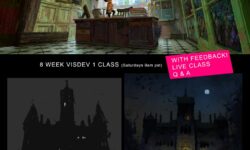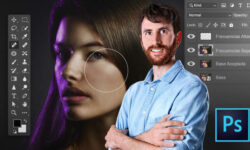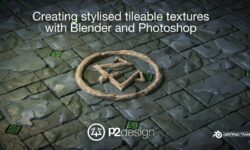Understanding SSS with Richard Yot
Release date:2022
Author:Richard Yot
Skill level:Beginner
Language:English
Exercise files:Yes
Demystify Sub Surface Scattering
Sub Surface Scattering is one of the least understood aspects of shading in 3D, with unintuitive controls confronting users who then have to resort to guesswork in order to create the effects they are looking for.
In this software-agnostic tutorial the process is completely demystified, starting with a thorough explanation of the physical processes involved. Building on this foundation users are then able to appropriately use the right settings, in any application.
The goal of the training is to empower you, as a 3D artist, to approach shading translucent materials with absolute confidence. With a clear mental model of how materials should behave, and how they react to light in every lighting situation, you will be able to set the right parameters every time, without ever needing to resort to guesswork.
In most cases there are only a small number of key controls you need to focus on, and after watching this training you will be very clear on what they are. This will make navigating complex and confusing shading systems much simpler, allowing you to focus on the important controls and ignore the rest.
This knowledge will save you a considerable amount of time and stop you from stumbling around constantly experimenting with unintuitive settings.
As well as the foundational training the course also walks you through practical examples in a range of different render engines, including Blender’s Cycles, Octane, Vray, and Modo. But no matter what application you use, even if it’s not one of the four listed above, you will benefit from this training because it is aimed at a general audience and not software-specific. You might use Arnold or Redshift for example, and still benefit from this training because the information is universal and can be translated to any 3D application. The practical examples will show you how to approach shading problems and get results quickly, and this is knowledge that can be applied anywhere.
So take the guesswork out of Sub Surface Scattering and join me, in this first instalment of the Shading Masterclass series.





 Channel
Channel





